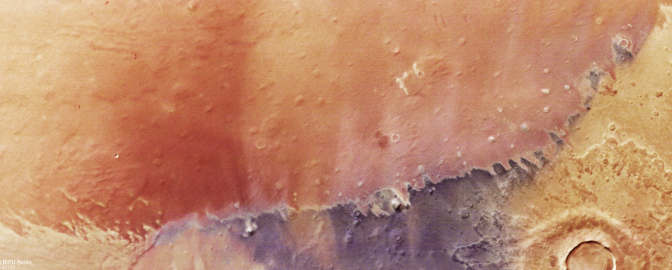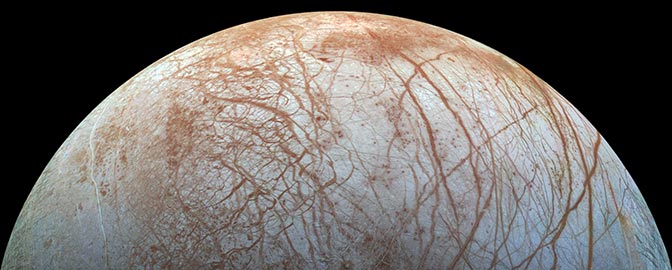The Geminid meteor shower 2025: How to watch
When does the Geminid meteor shower peak?
The 2025 Geminid meteor shower peaks on the night between December 13 and December 14. The Geminids are expected to produce about 120 meteors per hour at a dark site, and are often considered the best meteor shower of the year by skywatchers in the Northern Hemisphere.
The Geminids should be visible in both the Northern and Southern Hemisphere, though the best viewing will be in the Northern Hemisphere. There will be a waning crescent Moon in the night sky during the peak of the 2025 Geminids, which will affect the shower's visibility later at night. Use timeanddate.com to find ideal times and viewing directions for your location, or check out The American Meteor Society's page to learn more.
The shower will also be present, though less active, during the weeks before and after peak.
What causes the Geminid meteor shower?
Like most meteor showers, the Geminids are caused by the debris of a comet or asteroid that once crossed Earth's path. In this case, the shower is caused by debris from asteroid 3200 Phaethon. The asteroid's 524-day orbit carries it very close to the Sun, less than half the distance of Mercury's closest approach to the Sun.
Check out our full guide!
This article offers content from our new in-depth guide on how to explore the night sky, now available to all Planetary Society members in our digital community. Everyone from newbies to space nerds is welcome — not a member yet? Join today at planetary.org/membership.
Where can I watch the Geminid meteor shower?
The Geminids are visible to skywatchers in both the Northern and Southern Hemispheres, though visibility will be somewhat better from the Northern Hemisphere. Meteors will appear to come from the area of the constellation Gemini, which rises in the east in the early evening hours during December. Meteors will streak out from this area in all directions.
The best way to watch a meteor shower is from a dark sky site, so it helps to get away from city lights as much as you can. Skywatchers should go to the darkest place they can, let their eyes adjust, and look overhead — but avoid staring directly at the Moon.

What is a meteor shower? Meteors are also known as shooting stars, but they aren't actually stars at all. Meteors are streaks of light in the sky caused by dust and sand-sized rocks burning up as they hit Earth's upper atmosphere.
What is a meteor?
Meteors are also known as shooting stars, but they aren't actually stars at all. Meteors are streaks of light in the sky caused by dust and small rocks burning up as they hit Earth's atmosphere at very high speeds — tens of kilometers per second.
These small particles create bright streaks of light you can see from the ground at night. In general, the bigger the piece of space dust, the brighter the meteor. If any pieces of the streaking rock survive to make it to the ground, they're called meteorites.
Space is full of dust, so on a typical night from a dark location, you might see up to 10 meteors per hour — no shower required! But during a meteor shower, especially on its peak night, you can probably expect to see a higher number of meteors.
What is a meteor shower?
Meteor showers occur when the Earth passes through debris shed by a comet or asteroid. They reoccur at about the same time every year, when Earth comes around in its orbit and passes through the debris again. Some meteor showers have a very famous parent body — Halley's comet, for example, is the origin of both the Orionids and the eta Aquarids.
Two of the best meteor showers of the year are the Perseids, which peak in mid-August, and the Geminids, which peak in mid-December. The Perseids often get more media attention because they occur during the northern hemisphere summer. However, the Geminids typically produce more meteors.
Meteor showers are named after the constellation that contains the radiant of the shower. The radiant is where the meteors appear to emanate from — if you draw a line back along the meteors, all of the lines will meet at the same point. This is an effect of the Earth speeding through the stream of particles from the asteroid or comet, meaning when you watch a meteor shower, you're seeing direct evidence of our planet orbiting the Sun!
How to watch a meteor shower
All you need to watch a meteor shower is your eyes, patience, and a mostly cloud-free night. Go out, get comfortable, and stare at the sky. Typically the best view of a meteor shower comes between midnight and pre-dawn hours, because that's when you are on the leading side of the Earth, watching the comet debris come at you like rain hitting a car windshield. You'll see fewer meteors if there's a full moon brightening the sky, so be sure to check a calendar of moon phases when you're planning to watch a shower.
You don’t have to stargaze in the direction of the radiant; in fact, meteors farther away from it will appear longer. It is often said that an ideal place to look is 45 degrees away from the radiant, but the most important factor is getting to a dark location away from light pollution, letting your eyes adjust for several minutes, and looking at the darkest patch of sky you can.
Go out, look up at the night sky and have fun!
Other meteor showers
There are several major meteor showers that happen throughout the year, including the Geminid meteor shower, Leonid meteor shower, Lyrid meteor shower, Perseid meteor shower, the Orionids, the Lyrids, the Ursids, the Quadrantids, eta Aquarids, and the Southern delta Aquarids. You can see a full meteor shower calendar here. Most of these showers are named after the constellation that their meteors appear to originate from. For example, the Leonids appear to radiate from Leo, the Geminids from Gemini, and the Perseids from Perseus. Stargazers at latitudes with poorer views of a shower's radiant will tend to see fewer meteors.
There are many other meteor showers throughout the year, but they tend to produce fewer, fainter meteors.


 Explore Worlds
Explore Worlds Find Life
Find Life Defend Earth
Defend Earth

